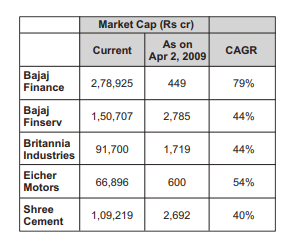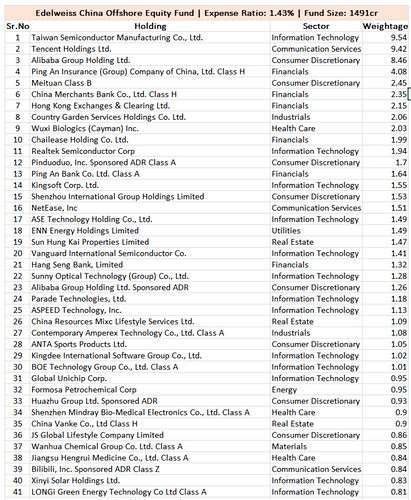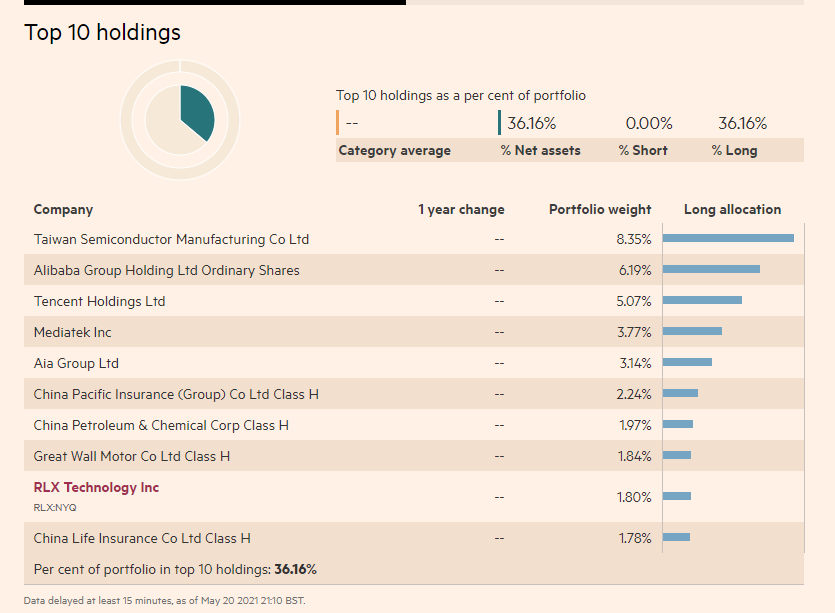That’s true, that’s why I advise that 99% people are better off investing in an index fund + maybe holding one or two stocks that they have research very well on. Investing is hard work and is not meant to be done by everyone. Most people lose their money in direct investing as they do not realize the amount of work required to put in first before one can see returns. This gets amplified during a bear cycle, where most book losses.
To give you an idea, I only started direct investing after completing two levels of my CFA charter and gaining 5+ years of work experience working in an investment bank. Because I had considerable experience and spent years learning and pursuing an education in finance, terms like cash flows etc. were not new to me. I knew how to evaluate a business, I knew when to apply a Gordon Growth Model vs a Capital Asset Pricing Model, I knew that real growth of a company and right way to value a company comes from its free cash flows and its return on invested capital.
Because I had this knowledge I knew where to look and how to look, which create an advantage.
Most new investors do not realize this. They just see the tip of the iceberg when it comes to investing. The lure of easy returns drag them in during bull markets and trap them during bear markets.
Until I knew how to invest, even I stuck to mutual and index funds for 5+ years, and even today I invest in funds which cover sectors that I am interested in but do not have the time to research deep into (The REMX rare earth metal index mentioned above is an example).
So essentially my portfolio is a mix of these 13 stocks mentioned above along with some funds that I have active SIPs in.
Nobody can be good at / find time to study and research into every sector.
Conviction can only come from researching a stock well.
If an investment keeps you awake at night, do not invest in it until you’re comfortable. There is no price in the world to lose sleep over. Stick to what you know and understand well. There are 1000s of opportunities in the market and they keep coming and going like buses at a station. Board the ones you know the route off and skip the ones you don’t. Half of investing is watching others make money on things you passed on.
Remember the goal is not to buy everything that is going up, the goal is to create an investment portfolio that can compound at 25% every year for next 20 years. That’s all it takes to create massive wealth and attain financial freedom.
Thank you, I am glad I was able to help. Just keep studying and researching, the more you learn the better investor you will become.
Thank you, I shall look into it.
You should start a thread, will help you research as well. Look at the ones already started by senior people here, model after them and their granularity of research. If Prakash Pipes is the company that interests you, just keep researching it till you know more about the company than its promoter. Ignore rest of the noise and companies that are moving up or down.







